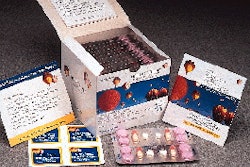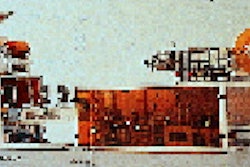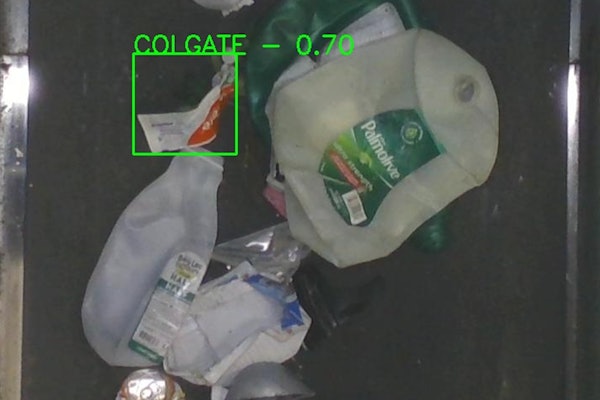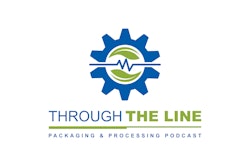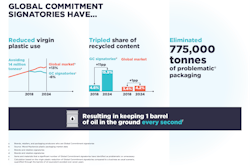In security labels, Electronic Article Surveillance labels can use a variety of technologies. Two of these-acoustomagnetic and radio-frequency-are strongly competing for the U.S. market. A third type, and an admittedly late entry here, is the electromagnetic version promoted by P.P. Payne, a well-known maker of pressure-sensitive teartapes in England with U.S. representation (Ashland, VA). What this technology brings to the entire security label debate will be the subject of a presentation at Flex-pak '97, a Schotland Business Research conference to be held March 18 and 19. The two leading systems have become entrenched in the U.S. by aligning themselves with individual retailers. Their strategy has been that if the retailers commit to a certain technology, those retailers will convince manufacturers that supply those stores to source tag packages with their labels. In the case of Walgreens drug stores, the theory appears to be working. And probably so with other retailers as well.
Retailers find security in source tagging (sidebar)
Who's got the beta tape player?
Feb 28, 1997
Companies in this article
Machinery Basics
Conveyor setup secrets from top CPG manufacturers
7 proven steps to eliminate downtime and boost packaging line efficiency. Free expert playbook reveals maintenance, sequencing, and handling strategies.
Read More
Researched List: Engineering Services Firms
Looking for engineering services? Our curated list features 100+ companies specializing in civil, process, structural, and electrical engineering. Many also offer construction, design, and architecture services. Download to access company names, markets served, key services, contact information, and more!
Download Now



